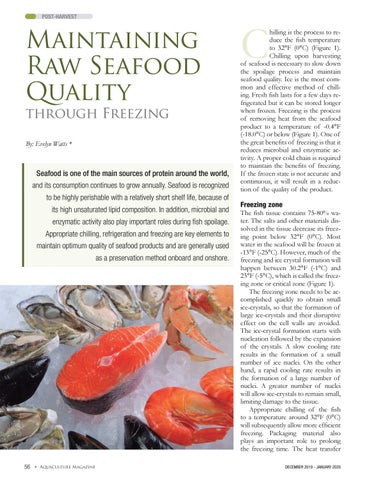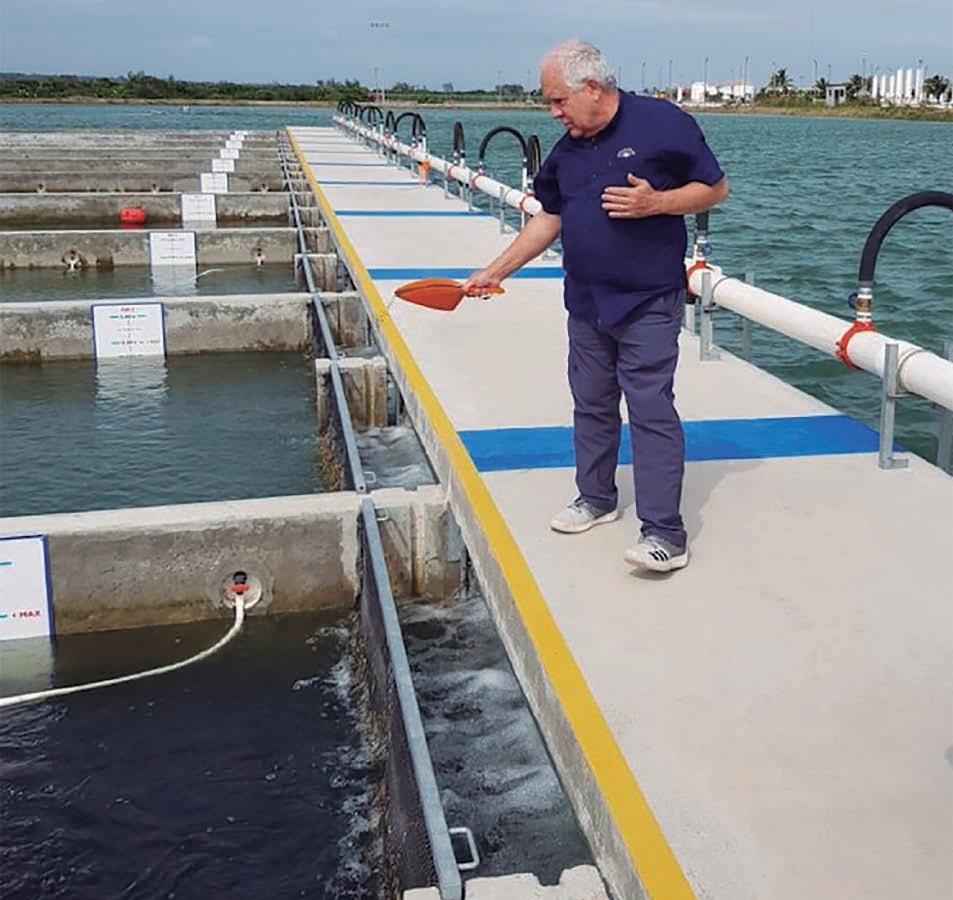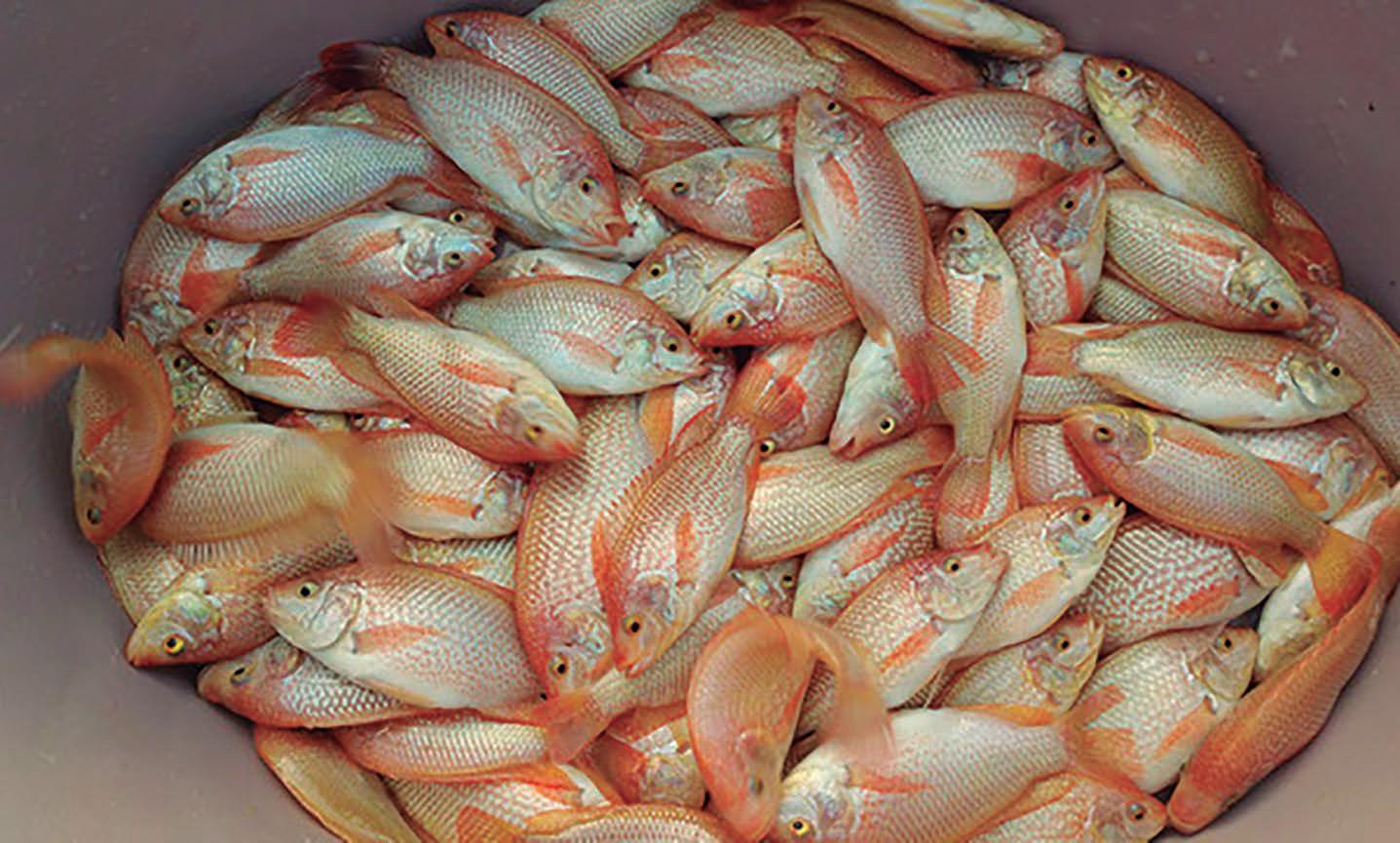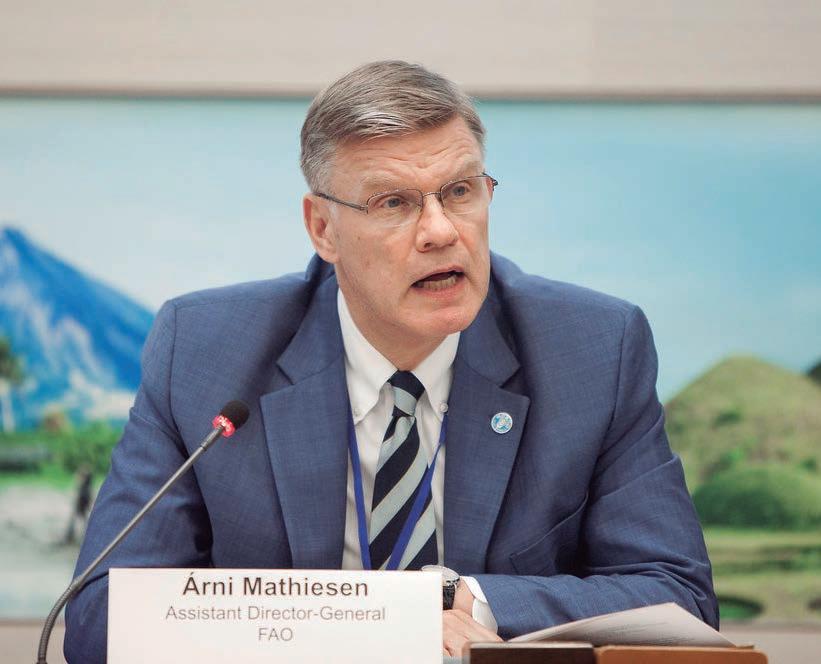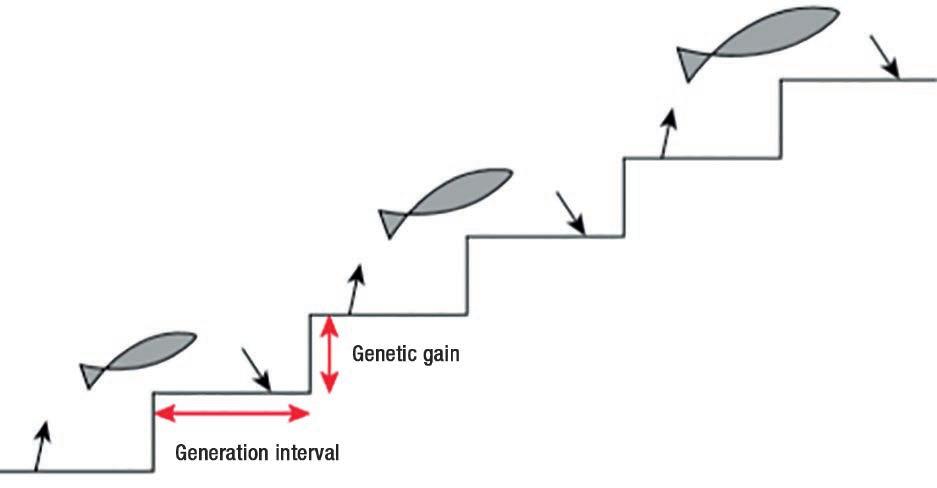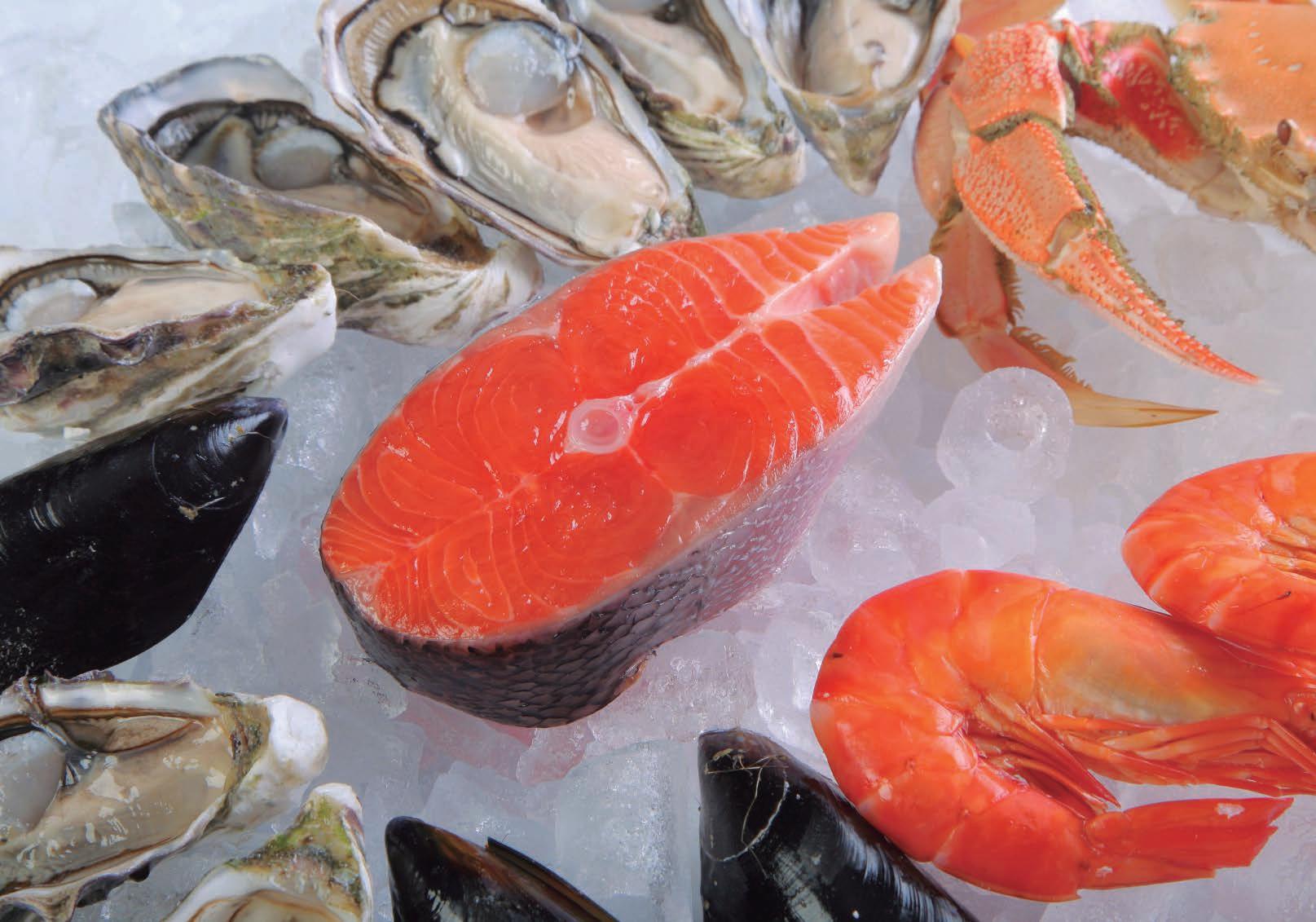POST-HARVEST
Maintaining Raw Seafood Quality through Freezing By: Evelyn Watts *
Seafood is one of the main sources of protein around the world, and its consumption continues to grow annually. Seafood is recognized to be highly perishable with a relatively short shelf life, because of its high unsaturated lipid composition. In addition, microbial and enzymatic activity also play important roles during fish spoilage. Appropriate chilling, refrigeration and freezing are key elements to maintain optimum quality of seafood products and are generally used as a preservation method onboard and onshore.
56 »
C
hilling is the process to reduce the fish temperature to 32°F (0°C) (Figure 1). Chilling upon harvesting of seafood is necessary to slow down the spoilage process and maintain seafood quality. Ice is the most common and effective method of chilling. Fresh fish lasts for a few days refrigerated but it can be stored longer when frozen. Freezing is the process of removing heat from the seafood product to a temperature of -0.4°F (-18.0°C) or below (Figure 1). One of the great benefits of freezing is that it reduces microbial and enzymatic activity. A proper cold chain is required to maintain the benefits of freezing. If the frozen state is not accurate and continuous, it will result in a reduction of the quality of the product.
Freezing zone The fish tissue contains 75-80% water. The salts and other materials dissolved in the tissue decrease its freezing point below 32°F (0°C). Most water in the seafood will be frozen at -13°F (-25°C). However, much of the freezing and ice crystal formation will happen between 30.2°F (-1°C) and 23°F (-5°C), which is called the freezing zone or critical zone (Figure 1). The freezing zone needs to be accomplished quickly to obtain small ice-crystals, so that the formation of large ice-crystals and their disruptive effect on the cell walls are avoided. The ice-crystal formation starts with nucleation followed by the expansion of the crystals. A slow cooling rate results in the formation of a small number of ice nuclei. On the other hand, a rapid cooling rate results in the formation of a large number of nuclei. A greater number of nuclei will allow ice-crystals to remain small, limiting damage to the tissue. Appropriate chilling of the fish to a temperature around 32°F (0°C) will subsequently allow more efficient freezing. Packaging material also plays an important role to prolong the freezing time. The heat transfer DECEMBER 2019 - JANUARY 2020
